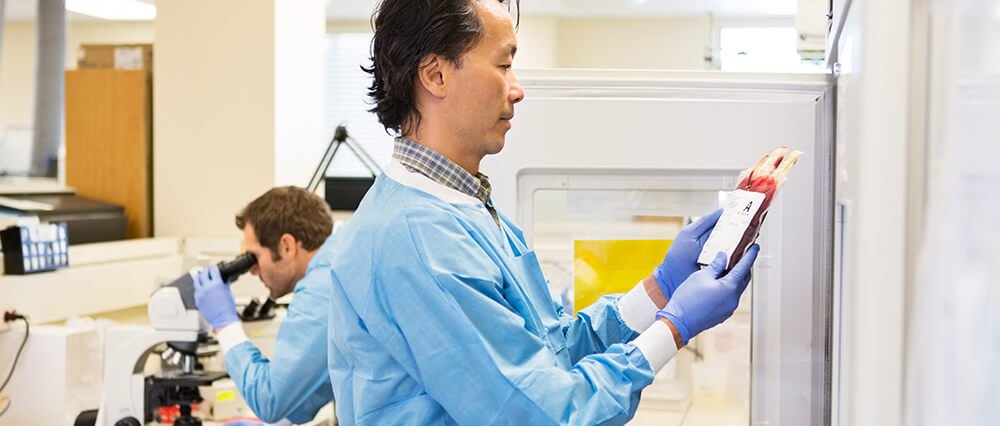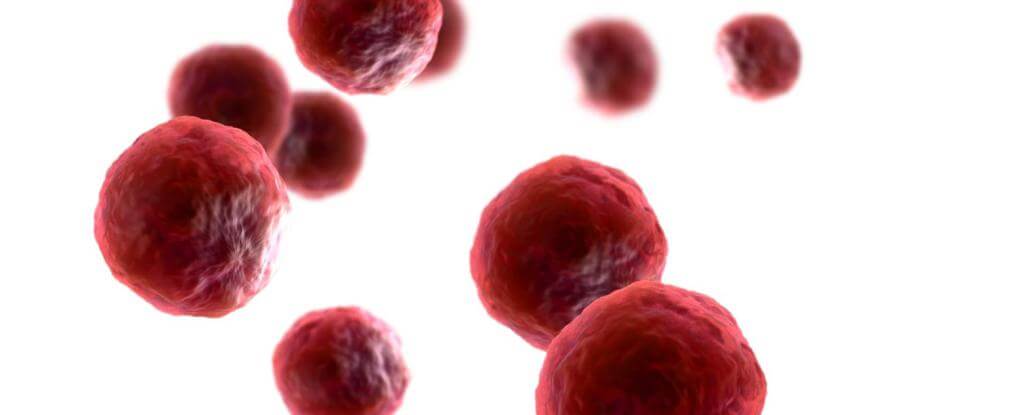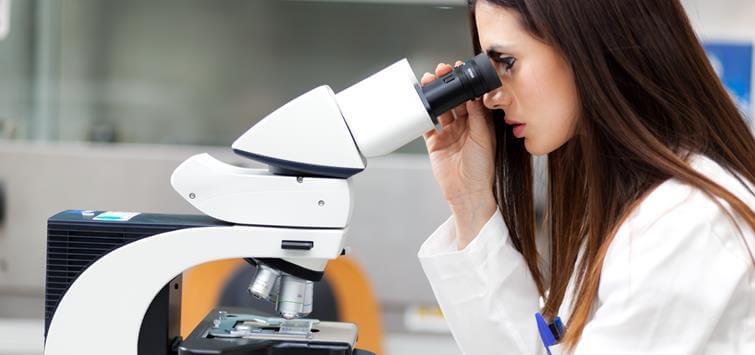HLA Matching: What is Tissue Typing?
What is Tissue Typing?
Tissue typing is the process whereby Human Leukocyte Antigen (HLA) is matched to between two people. Tissue typing tends to be specific to ethnic heritage, for example black people are most likely to find a suitable HLA match with another black person. In the case of people with mixed ethnic ancestry, finding a suitable HLA match can be incredibly difficult; full siblings would be most likely to provide these people with a match as global registries have a shortage of mixed heritage people on their registers.
What is HLA (Human Leukocyte Antigen)?
HLA is a protein (or marker) found in most cells of the body. The human leukocyte antigen (HLA) system is the locus of genes that encode for proteins on the surface of cells that are responsible for regulation of the immune system in humans [1].
Why do stem cells need to be HLA matched?
When stem cells are matched accurately between a stem cell donor and a patient who will receive the cells, the risk of rejection is minimised. Rejection of allogeneic stem cells (stem cells which have been donated to a patient from another person) is a potentially fatal complication of stem cell transplants. The better the match, the less likely rejection is to take place.
HLA matching: cord blood stem cells vs. bone marrow stem cells.
As previously said, in order for stem cells to be deemed a suitable match for transplant they must meet certain criteria. Bone marrow stem cells must match 5 out of 6 tissue typing criteria in order to be suitable for transplant, however cord blood stem cells only need to match 4 out of 6 tissue typing criteria to be eligible for transplant. This means that cord blood stem cells are more versatile and more easily matched to those in need of a stem cell transplant.
[1] http://en.wikipedia.org/wiki/Human_leukocyte_antigen





